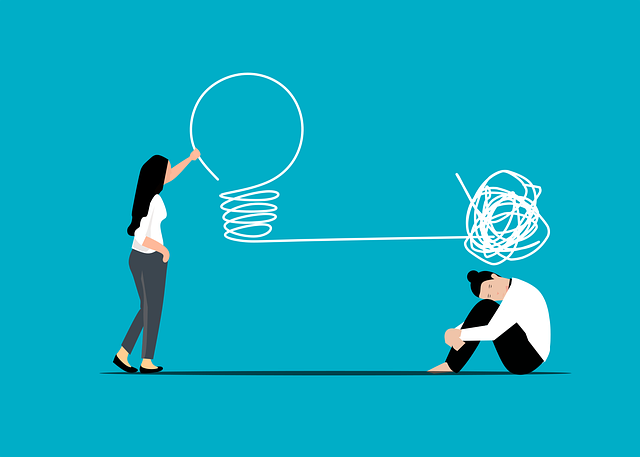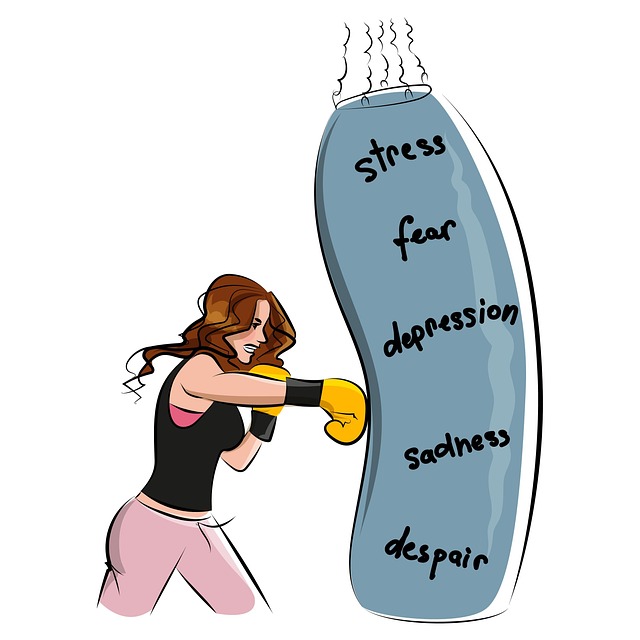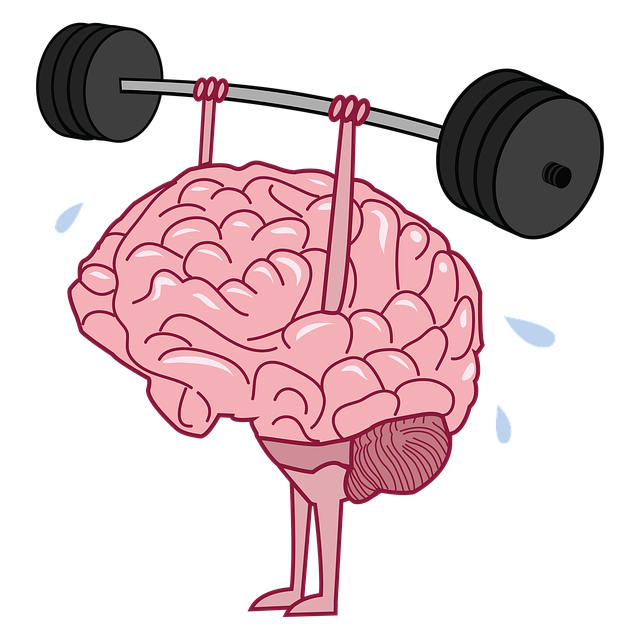Mental health professionals employ Superior Mental Health Evaluations as a cornerstone for effective therapy, going beyond initial diagnoses by assessing psychological, social, and environmental factors. These evaluations guide tailored interventions, including mood management techniques and mindfulness meditation, to enhance emotional stability and prevent burnout. Continuous improvement through updated risk assessment protocols, self-awareness exercises, peer review, and collaborative discussions ensures comprehensive evaluations and high-quality care.
Mental health professionals confront complex challenges, demanding meticulous risk assessment strategies. This article navigates crucial aspects of risk assessment in mental health practice, emphasizing the distinction between routine evaluations and comprehensive, superior mental health assessments. We explore key components for robust evaluations, strategic safety enhancements within therapy settings, and the importance of continuous improvement in risk assessment protocols to ensure optimal patient care. Discover insights into cultivating a safer, more effective therapeutic environment through evidence-based practices.
- Understanding Risk Assessment in Mental Health Practice
- Key Components of a Superior Mental Health Evaluation
- Strategies for Enhancing Safety in Therapy Settings
- Continuous Improvement: Monitoring and Updating Risk Assessment Protocols
Understanding Risk Assessment in Mental Health Practice

Mental health professionals play a crucial role in helping individuals navigate complex emotional and psychological landscapes. To provide superior mental health evaluations and therapy, understanding risk assessment is paramount. This process involves meticulously evaluating patients’ current state, identifying potential risks, and developing strategies to mitigate negative outcomes. By implementing robust risk assessment methods, practitioners can ensure the safety of their clients while fostering effective treatment plans tailored to individual needs.
Superior mental health practice demands a comprehensive approach that considers various factors contributing to a person’s mental well-being. This includes not only addressing existing conditions like depression prevention and anxiety relief but also focusing on burnout prevention. Effective risk assessment equips professionals with the insights needed to anticipate challenges, implement proactive interventions, and ultimately enhance therapeutic outcomes for those seeking help.
Key Components of a Superior Mental Health Evaluation

A superior mental health evaluation is a multifaceted process that goes beyond initial diagnostic criteria. It involves a comprehensive assessment of the client’s psychological, social, and environmental factors, enabling therapists to tailor interventions effectively. Key components include thorough history-taking, where mental health professionals explore past traumas, significant life events, and current stressors; this provides insights into potential triggers and coping mechanisms.
Additionally, integrating conflict resolution techniques and promoting coping skills development during therapy sessions enhances the evaluation’s depth. Mental health policy analysis and advocacy are also crucial aspects, ensuring that the care provided aligns with up-to-date guidelines and reflects the latest research in the field. These elements collectively contribute to a robust mental health evaluation, fostering more tailored and successful therapy outcomes.
Strategies for Enhancing Safety in Therapy Settings

To enhance safety in therapy settings, mental health professionals should implement robust strategies that start with meticulous Superior Mental Health Evaluations. This initial step involves comprehensive assessments to understand client histories, current conditions, and potential triggers. By integrating Mood Management techniques into their practice, therapists can create a structured environment that promotes emotional stability during sessions.
Additionally, incorporating Mindfulness Meditation as part of the therapeutic process can help both professionals and clients manage stress and anxiety. Encouraging self-care practices among therapist and client alike fosters resilience and prevents burnout. These proactive measures contribute to creating a secure atmosphere where healing can flourish, ultimately enhancing the effectiveness of therapy sessions.
Continuous Improvement: Monitoring and Updating Risk Assessment Protocols

In the dynamic field of mental health care, continuous improvement is paramount for delivering superior therapy and ensuring patient safety. Risk assessment protocols should be viewed as living documents that require regular monitoring and updates to reflect evolving best practices and research findings. This ongoing process involves a multifaceted approach. Mental health professionals can enhance their own practice by engaging in self-awareness exercises, which cultivate deeper understanding of one’s emotions and biases. Such introspection enables practitioners to recognize potential risks more accurately and implement appropriate interventions.
Moreover, staying abreast of advancements in mental wellness and emotional regulation techniques is crucial. By integrating these innovations into risk assessment protocols, professionals can offer more comprehensive evaluations and tailored therapies. Regular peer review and collaborative discussions further strengthen this process. This collective effort not only improves individual practice but also contributes to a broader culture of excellence in superior mental health evaluations and care.
Mental health professionals play a crucial role in fostering safety and well-being, but they are not immune to risks. Implementing robust risk assessment practices is essential for delivering superior mental health evaluations and ensuring secure therapy settings. By understanding key components of effective assessments, adopting strategies to enhance safety, and continuously updating protocols, professionals can better navigate complex client scenarios and provide high-quality care. In the dynamic landscape of mental health practice, staying vigilant and proactive through continuous improvement is paramount.














